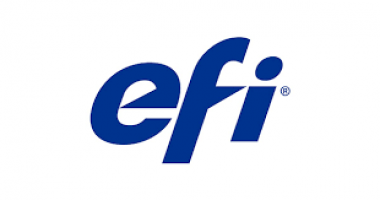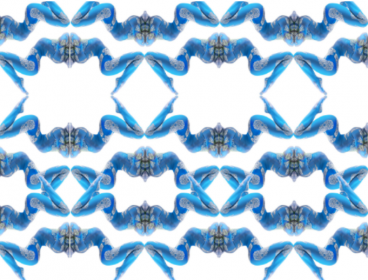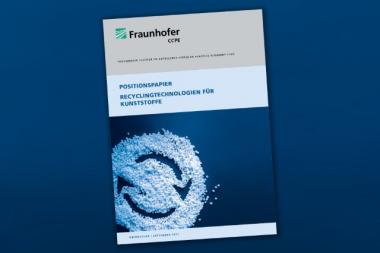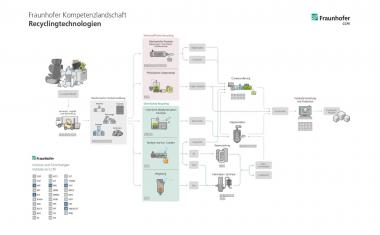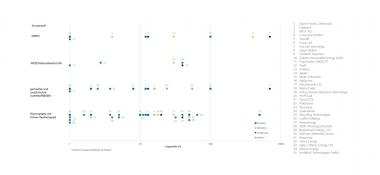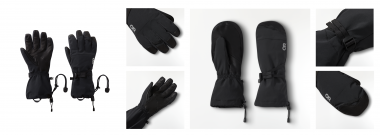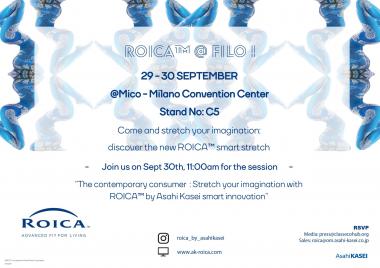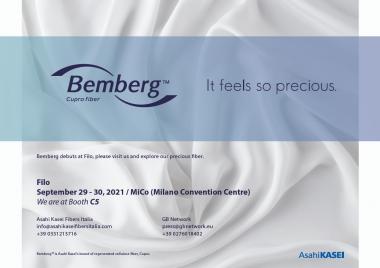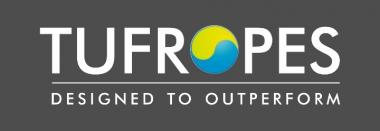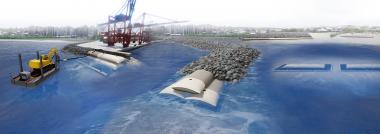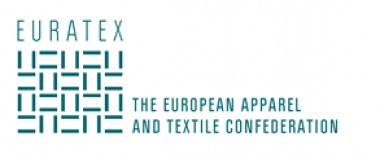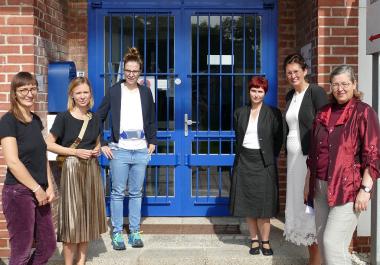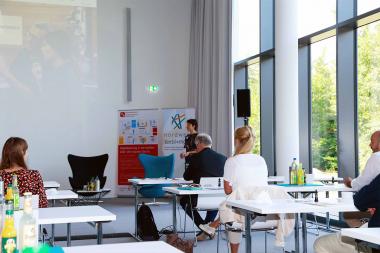Distec präsentiert runde Displaymodule POS-I-PRO
- IP-geschützter Blickfang in vier Ausbaustufen für Industrie, Digital Signage, Innenausbau und Smart Home
Als einer der führenden deutschen Spezialisten für industrielle TFT-Flachbildschirme und Systemlösungen stellt die Distec GmbH die runde TFT-Display-Baureihe POS-I-PRO vor, die mit ihrer außergewöhnlichen Form neue Möglichkeiten für verschiedenste Anwendungsbereiche eröffnet.
„POS-I-PRO ist eine native Lösung für runde Anzeigen, die bisher nur durch kaschierte rechteckige Displays realisierbar waren“, erläutert Ludwig Deimel, Projektmanager bei Distec. Die HMI-Serie umfasst vier Ausbauvarianten mit einer Bildschirmdiagonale von 3,4 Zoll bei einer Auflösung von 800x800 Pixel und 350 cd/m² Helligkeit. Wie bei den rechteckigen Geräten der POS-PRO-Serie ist ein mit bis zu 10 Fingern bedienbarer PCAP-Touchscreen mit chemisch gehärtetem Deckglas gegen Kratzer und Beschädigungen integriert. Die Anwendungsgebiete im Innen- und Außenraum reichen von Industrieanwendungen, POS, Digital Signage, Werbetechnik und Innenarchitektur mit Möbelbau bis Smart Home.
Echte runde Anzeige
Distec hat für den POS-I-PRO eine weitere Herausforderung gelöst: Herkömmliche Betriebssysteme können derzeit nur einen rechteckigen Desktop anzeigen, wodurch der Inhalt in den Ecken auf einem runden Display abgeschnitten wird. Basierend auf der Software Embedded Wizard liefert der Monitorhersteller aus Germering zusammen mit den Geräten ein Grundgerüst für echte runde Anzeigen aus. Die Grundbefehle für die Einbindung des Touchscreens wie Wischgesten und Klickmodi sind bereits Teil des Pakets. Auf Wunsch sind auch kleinere und größere Modelle des POS-I-PRO auf Projektbasis realisierbar.
Die POS-I-PRO-Serie erfüllt die Anforderungen der neuen EU-Ökodesign-Richtlinie, sodass eine sehr gute Langzeitverfügbarkeit von Ersatzteilen sowie eine hohe Reparaturfreundlichkeit garantiert wird. Distec fertigt die Geräte in Deutschland und achtet darüber hinaus auch auf die ökologische Verträglichkeit seiner Produkte und der verwendeten Materialien.
Distec GmbH
Distec GmbH






